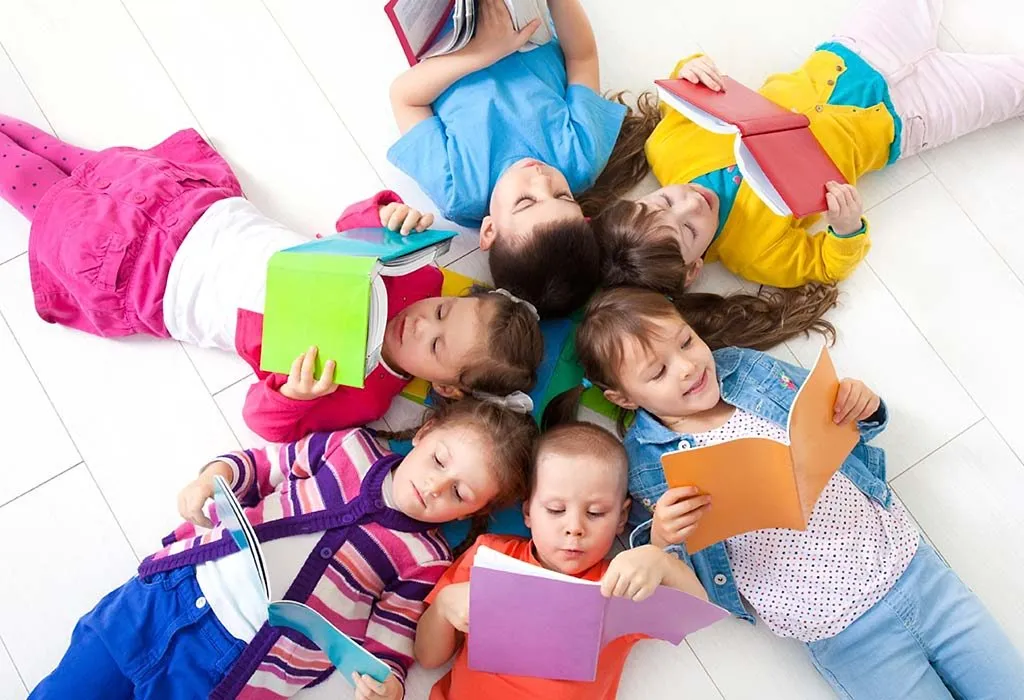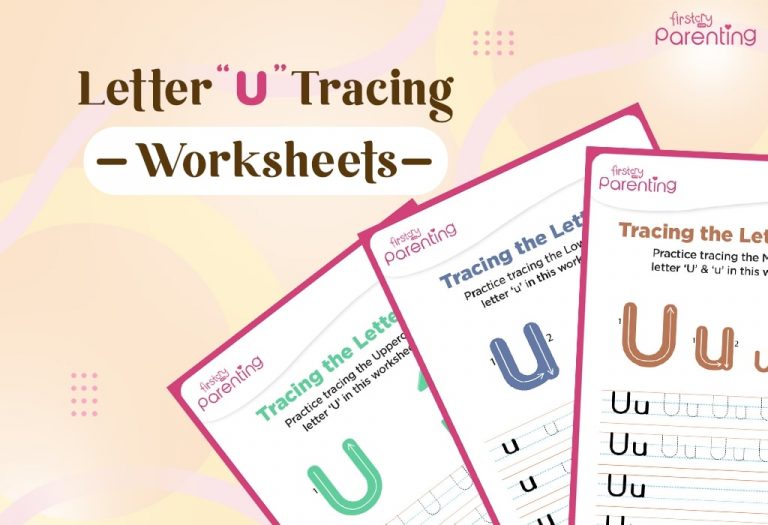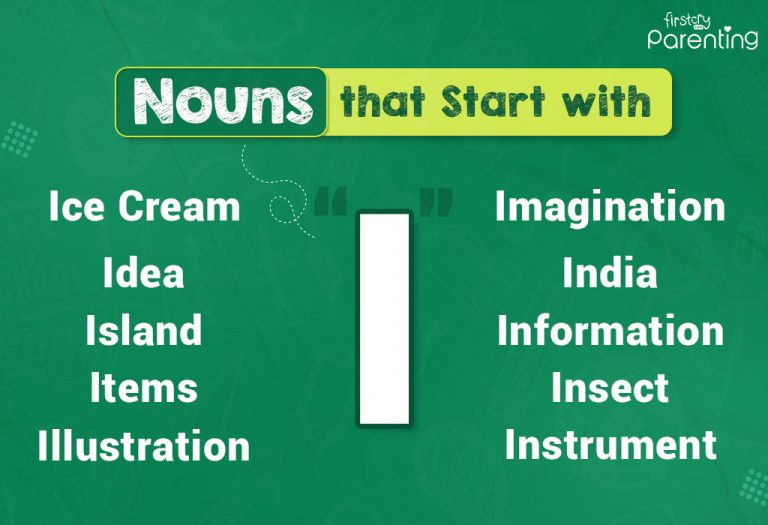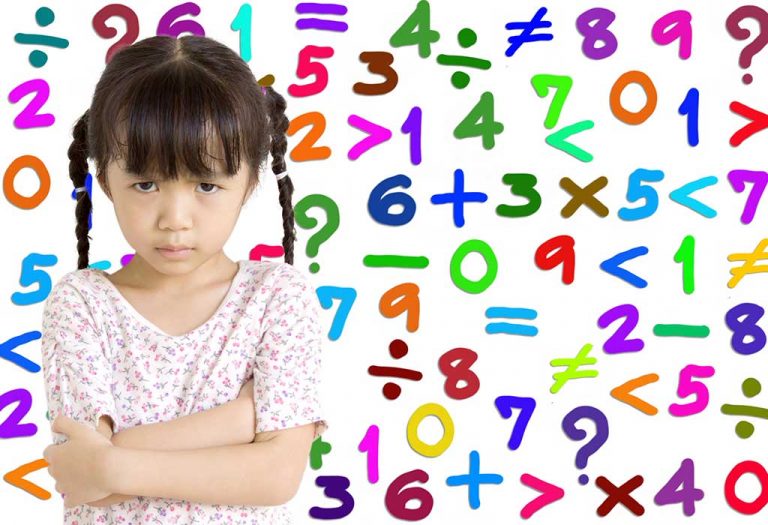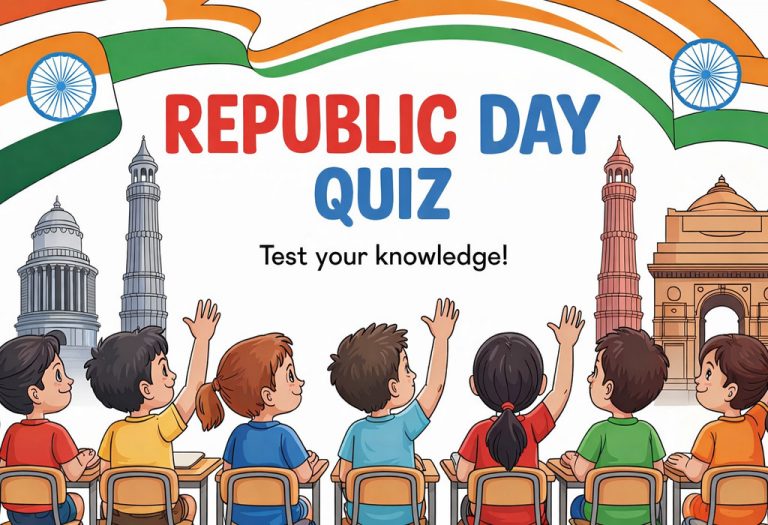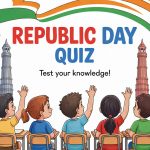Whole Language Approach: How Does It Benefit Your Child?
With time, there have been several different teaching methods for children that compete for the best. The whole language approach is one of the many ways to teach kids how to read. This increasingly popular method of teaching is different from the traditional way of teaching and aims to foster creativity and independence in children. Many classrooms are opting for this holistic style of teaching children, but what exactly does this method entail? Join us as we discuss this method so that you can decide if this method is right for your child.
What Is the Whole Language Approach?
The whole language approach to teaching reading uses stimulating literature that children find very interesting. By whole language approach definition, we mean it is a method where children are taught how to read by making them understand words and phrases with their meanings through sight and repeated exposure (1). Children recognise words as a whole with the help of cues and pictures provided to them in the beginning to recognise words (2).
How Does the Whole Language Method Work?
The whole language approach isn’t based on a set curriculum or strict lesson plans. Instead, it focuses on learning and literacy as social activities. While the traditional method starts with phonics, which emphasises the sounds of letters and words, this approach uses real-world texts and reading materials to teach language. For early readers, the strategy involves learning high-frequency sight words and quickly moving on to understanding the meaning of what they read. The words and letters are then taught repetitively so that they imprint in children’s minds. Thus, spelling, reading, speaking, writing, and grammar are not taught as separate components but parallel to each other (3).
How Is the Whole Language Approach Different From Traditional Reading Programs?
One of the main characteristics of the whole language approach is that it encourages children to be able to recognise the core words in a sentence rather than having to read out all the words phonetically. It uses literature as a tool for learning and will encourage children to use their reading and writing skills for simple, everyday tasks, like leaving notes or making lists. This ensures that there is meaning behind what they read and write, instead of simply learning the phonetics of a language and then having to decode each word without knowing what it means. Traditional reading programmes focus on phonetics and teaching children how to read words based on their phonetic sounds.
Who Can Benefit From This Approach?
Children who are more creative and less traditional in their learning approach will benefit the most from the whole language approach, as it allows more room for such a child to get creative during the learning process and does not focus on the traditional teaching methods of reading and writing.
Advantages of Using the Whole Language Method for Teaching a Child
The whole language learning method comes with certain advantages where the child is exposed to very good literature right from the beginning of his learning experiences, making it more interesting for him. One of the greatest advantages of the whole language approach is that it encourages his creativity and gives him more understanding of the material he has to read, as he is not made to learn any rules or go through lists of sounds. Children are free to observe how to read and then imitate the reading behaviour without any feeling of discouragement. They also don’t feel threatened by their learning environment. In fact, the whole language approach helps individuals, especially ESL learners, learn a second language much more easily and in the same way they learned their first language (4).
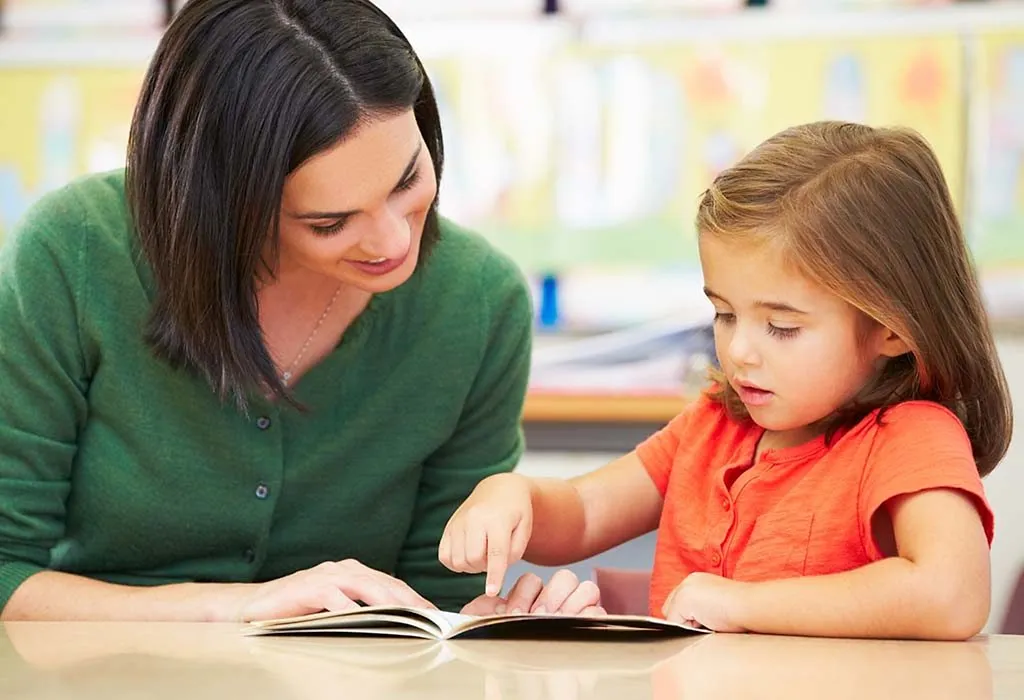
What Happens Inside the Whole Language Classroom?
In a whole language classroom, the teacher sees the students as individuals and not a group. The class is focused on providing learning experiences that are rich in language, and where children will be taught how to read by being asked to read and to write by being asked to write. The teacher will open the door to their learning process and will allow the students to learn through trial and error, providing some guidance when needed.
The only phonetics that are taught will be with reference to the reading material that the students are learning, as the aim is to point out how phonetics is connected to the words in the text. There will be more emphasis on understanding the text than recognising individual words, and students will be encouraged to use pictures or clues to guess a word they are not familiar with.
What Can Parents Do?
- Create the right environment at home by encouraging listening, speaking, reading and writing. When you are reading or writing, you can always get your child to join in.
- Set expectations for your child, as this will influence him to believe in himself.
- Encourage him to make independent decisions and give him responsibilities, like making him add what he wants to the grocery list.
Drawbacks of the Whole Language Approach
Some of the drawbacks you may want to consider with this approach are as follows:
- Some children may not be able to spell properly if they do not get proper phonetics instructions.
- Due to the lack of phonetic knowledge, children will be unable to recognise or read unfamiliar words.
- Accuracy is often overlooked.
- The non-existent structure makes things difficult for the teachers as they will have to make their own curriculum and possess excellent knowledge of how to use the whole language approach.
- Not every child benefits from this approach, as some prefer more organised learning methods.
FAQs
1. How is the whole language approach taught to children?
The books children are provided within this method are often quite repetitive and very predictable. This plays a part in helping children understand what they are reading. Children do not need to be very accurate about reading all the words in this method and they can also improvise their story, as long as it fits in the context.
2. What are the key differences between the whole language approach and phonics?
The main difference between phonics and the whole language approach to reading lies in the focus during early literacy stages.
- While phonics centres on teaching letter sound and building words from these sounds in a systematic way, the whole language approach emphasises reading words and texts and finding meanings.
- Phonics is more structured and sequential, while the whole language teaching is more about using texts and words to create meaningful learning experiences.
As there is always the question of the whole language approach vs phonics when it comes to what method of learning reading is best for a child, parents and teachers will have to keep a watchful eye on children in order to determine what learning approach is best for them.
References/Resources:
1. Whole language; Merriam-Webster; https://www.merriam-webster.com/dictionary/whole%20language
2. Whole Language Vs Structured Language Approach to Teaching Reading; Stern Center for Language and Learning; https://sterncenter.org/whole-language-vs-structured-language-approach-to-teaching-reading/; April 2023
3. Laney. J; Whole Language Approach; In: Goldstein, S., Naglieri, J.A. (eds) Encyclopedia of Child Behavior and Development; Springer; https://link.springer.com/referenceworkentry/10.1007/978-0-387-79061-9_3086#citeas; 2011
4. Patzelt. K, E; Principles of Whole Language and Implications for ESL Learners; Education Resources Information Center (.gov); https://files.eric.ed.gov/fulltext/ED400526.pdf; 1995
Also Read:
Language Development in Children
Effective Ways to Teach a Child to Spell Words
Communication Skills & Activities for Kids
Teaching Kids To Understand and Use Abstract Language
Was This Article Helpful?
Parenting is a huge responsibility, for you as a caregiver, but also for us as a parenting content platform. We understand that and take our responsibility of creating credible content seriously. FirstCry Parenting articles are written and published only after extensive research using factually sound references to deliver quality content that is accurate, validated by experts, and completely reliable. To understand how we go about creating content that is credible, read our editorial policy here.






